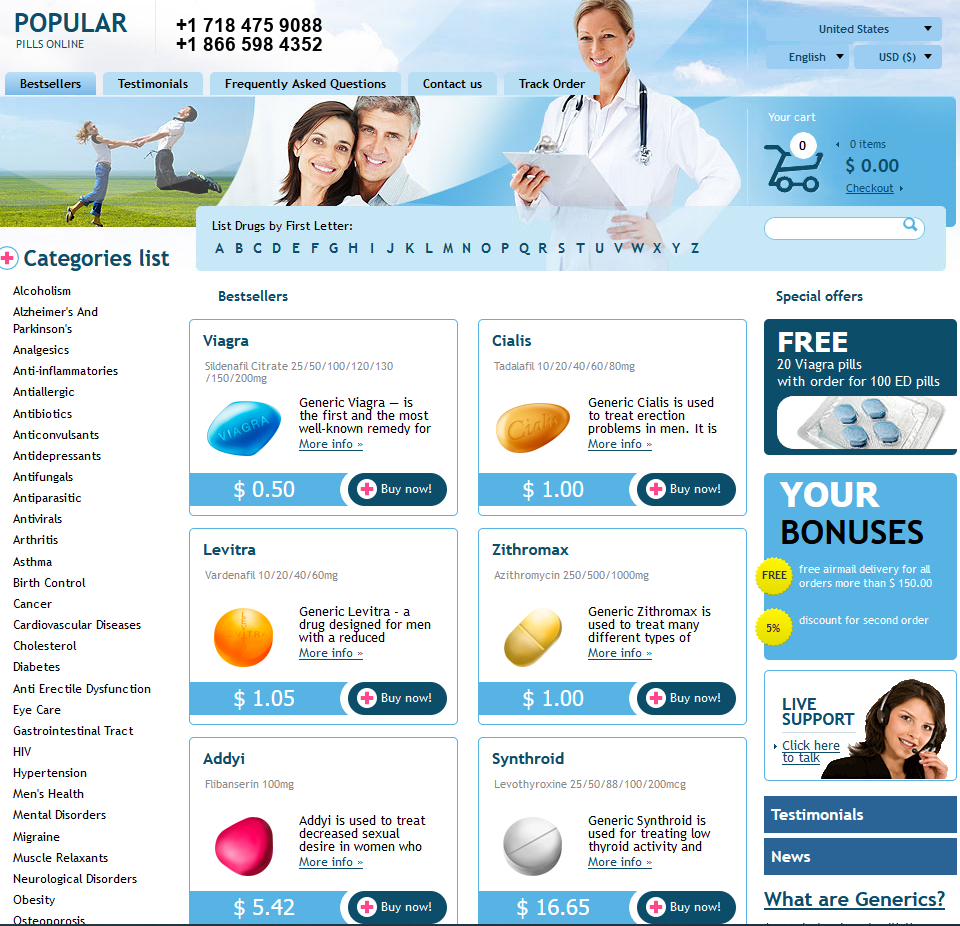To Buy Zofran Online Visit Our Pharmacy ↓
Click HERE To Buy Zofran Online ↓
 Zofran for Kids: Pediatric Use and Precautions
Zofran for Kids: Pediatric Use and Precautions
Understanding Zofran: What Parents Need to Know
Zofran, the brand name for ondansetron, is primarily known for its ability to prevent nausea and vomiting. Although initially approved for use in adults undergoing chemotherapy or surgery, pediatricians sometimes prescribe it for children experiencing severe nausea due to stomach bugs or other medical treatments. Understanding how Zofran works can offer parents peace of mind; it blocks certain natural substances in the body that can lead to vomiting. Nevertheless, it is crucial to be aware of potential risks and consult healthcare professionals before use.
| Key Information | Details |
|---|---|
| Brand Name | Zofran |
| Active Ingredient | Ondansetron |
| Primary Use | Prevention of nausea and vomiting |
| Pediatric Application | Sometimes prescribed for severe nausea |
When Is Zofran Prescribed for Children?

For parents navigating the uneasy waters of pediatric nausea and vomiting, Zofran can often emerge as a beacon of relief. Primarily, Zofran is prescribed for children facing significant vomiting challenges, frequently due to chemotherapy treatments for cancer. Its role in managing these symptoms cannot be understated, as maintaining hydration and nutrition is vital during such intensive medical procedures. Additionally, Zofran may occasionally be prescribed for children experiencing severe gastroenteritis, where vomiting persists beyond normal intervention. However, it’s essential to recognize that this medication is not typically the first line of treatment in all vomiting cases. Doctors carefully assess the necessity based on the severity of symptoms and underlying causes, ensuring Zofran’s use is both safe and effective for the child’s specific situation.
Potential Side Effects in Pediatric Use
When considering Zofran for children, it’s crucial to be aware of possible side effects. Parents should watch for any signs of an allergic reaction, which may manifest as a rash or difficulty breathing. Another common side effect is constipation; ensuring your child maintains a balanced diet and stays hydrated can help mitigate this issue.
In some cases, children might experience headaches or dizziness after taking Zofran. It's important for parents to monitor these symptoms and consult with a healthcare professional if they persist. While generally safe, understanding these potential side effects helps in making informed decisions about your child’s health needs.
Lastly, more severe reactions, although rare, could occur, including irregular heartbeats or changes in mood. Immediate medical attention is essential if severe side effects are observed. Awareness and careful observation help ensure the safe use of Zofran in managing your child's needs.
How to Administer Zofran Safely to Kids

Administering Zofran to children involves careful attention to detail and consultation with a healthcare professional. The medication, often prescribed to alleviate nausea and vomiting, comes in various forms, including tablets, dissolvable strips, and liquid solutions. It’s crucial to adhere strictly to the dosage prescribed by the pediatrician, as children’s bodies are more sensitive to medication than adults. Before giving Zofran, ensure the child hasn’t eaten for a few hours to maximize its effectiveness.
Always monitor your child after administering the medicine for any signs of adverse reactions. If the prescribed form is a dissolvable strip, make sure your child places the strip on their tongue to allow it to melt completely without chewing. For liquid solutions, using a dosing syringe ensures precision in measurement. Additionally, keeping a medication log can help track responses and ensure doses are not accidentally repeated.
Alternative Treatments: Is Zofran the Best Option?
Families exploring ways to manage their child's nausea may wonder if Zofran is the ultimate solution. However, it's essential to consider alternative treatments that might suit a child's unique needs. Ginger root, for instance, has natural anti-nausea properties and can be administered in teas or lozenges. Acupressure wristbands offer another non-invasive option, utilizing gentle pressure to alleviate symptoms without medication.
Examining the side-by-side comparison of alternatives is crucial. Below is an HTML table that outlines some of these options:
| Treatment | Method | Pros | Cons |
|---|---|---|---|
| Zofran | Medication | Effective, fast-acting | Possible side effects |
| Ginger | Natural remedy | Safe, few side effects | May not be as strong |
| Acupressure Bands | Pressure-based | Non-drug option | May vary in effectiveness |
Choosing the right treatment depends on various factors, such as the severity of symptoms and the child’s health history. Non-pharmaceutical options like ginger and acupressure may be suitable for mild cases. However, consulting with a healthcare professional ensures that the treatment plan is personalized and safe for your child's needs.
Essential Precautions and Doctor Consultation Tips
Parents often feel uneasy when their child needs medication, so it's crucial to discuss Zofran's use for children thoroughly with a healthcare provider. Apart from understanding the proper dosage, consider your child’s medical history, especially any allergies or existing conditions, which could complicate treatment. During your consultation, prepare a list of questions about side effects and long-term impacts. Consistent communication with your doctor ensures that any adverse reactions are promptly addressed and helps tailor the treatment plan to your child's needs.

